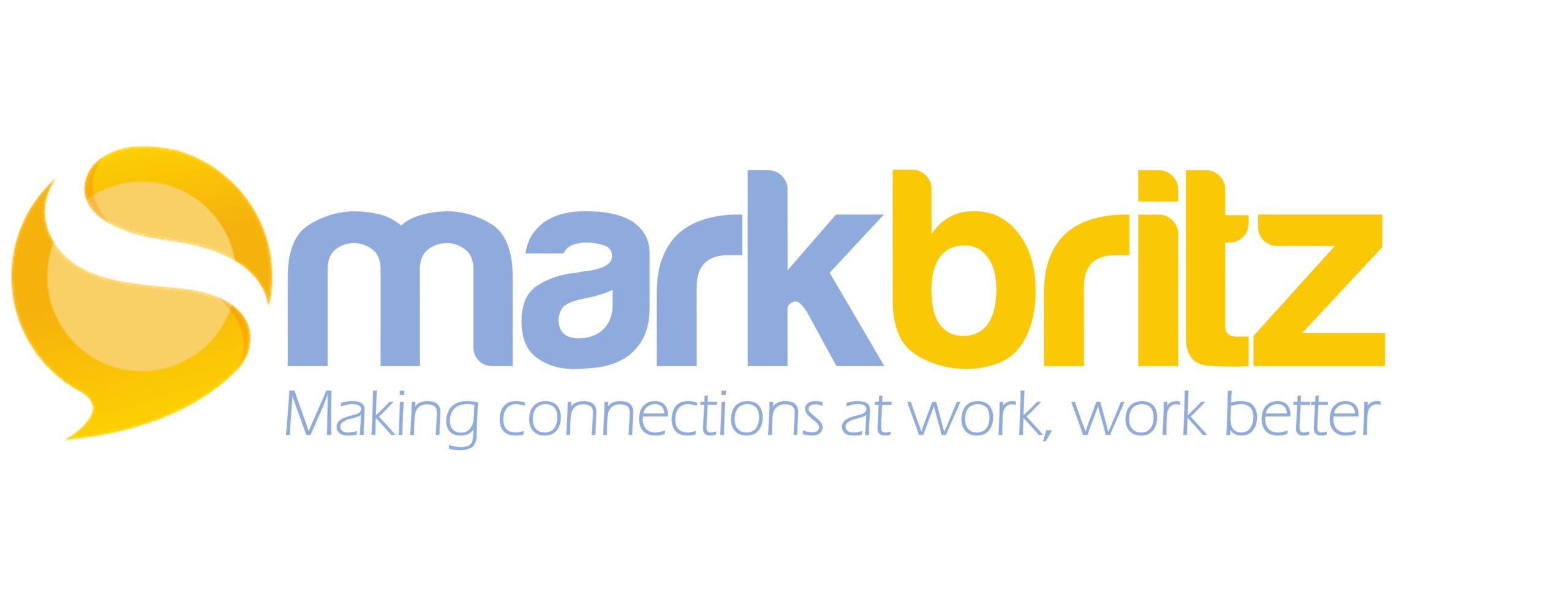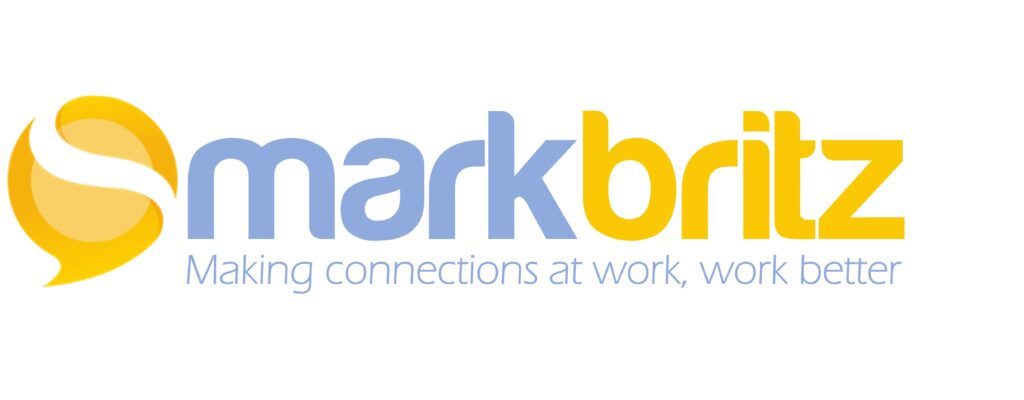Recently it was reported that the Ebola epidemic is not getting the financial support it needs as the donations from wealthy countries is not coming in as hoped. This is surprising due to how horrific and enormous the problem is, and it being coupled with traditional media fear mongering.
Or is it surprising?
According to Shankar Vedantam @Hiddenbrain, a social researcher with NPR, reporting in Why Your Brain Wants To Help One Child In Need – But Not Millions “as people feel more hopeless about a problem it greatly undermines their desire to do something about it.” There is an emotional conflict where “people decline to do what they can do because they feel bad about what they can’t do.”
AIDS, Cancer, Global Warming, Ebola all appear hopeless to correct or cure and the reason efforts fade over time is that we can respond to an individual need but as the numbers grow we lose the emotional connection.
I find this research interesting and wonder at what point does the balance tip towards hopelessness and disconnection? If logic (the data) was tempered, would the emotional connection remain? It’s the stories behind the data that maintains our attention. Social tools are story tools. They support community, collaboration and sharing. They can make and sustain emotional connections. Social tools are personal tools, what you encounter with them always have a name and a face, are personal and can be emotional. Using social media you can directly connect with key people in a cause or even those afflicted. Social tools make the invisible visible and you can easily see the activities of others, maybe unknowingly, chipping away at big problems and the value it brings to them personally – emotional connections amplified. To some extent the ALS Ice Bucket Challenge is a good example. Although the problem seems hopeless as we appear far from a cure, social media helped people maintain a personal connection to the cause with unbelievable results.
Organizations too face large problems. Fixing revenue stream issues, customer satisfaction, or employee turnover are not insurmountable but can appear very daunting when looking at the data. Social allows you to cut through data and see the people and behaviors behind it. Social tools in organizations can surface individual stories and through open and inclusive conversation, solutions can be more quicker generated and imparted.
Take the turnover issue for example. We know it’s not just monetary rewards that entice people to stay. It’s more about feeling connected, finding success, it’s about recognition and growth opportunities. Each person has a story, a unique need, and social tools can bring that story to life and allow other individuals to see and to help. The assistance could be in the form of building a stronger relationship; it could be in offering a tip or some coaching; it could be a through a virtual pat on the back. This is the efficacy of social. The engagement is completely transparent; in solving a small, seemingly personal issue, others vicariously experience the interaction. Maybe it addresses their own need or provides insights on how they can do the same. Think how the manager, who sees another manager offering encouragement or advice, can take on that behavior too and extend the practice in their own area. Social media extend and expand humanity, scaling support, making the big much smaller and seemingly more manageable. It can turn hopeless situations into hopeful ones.

